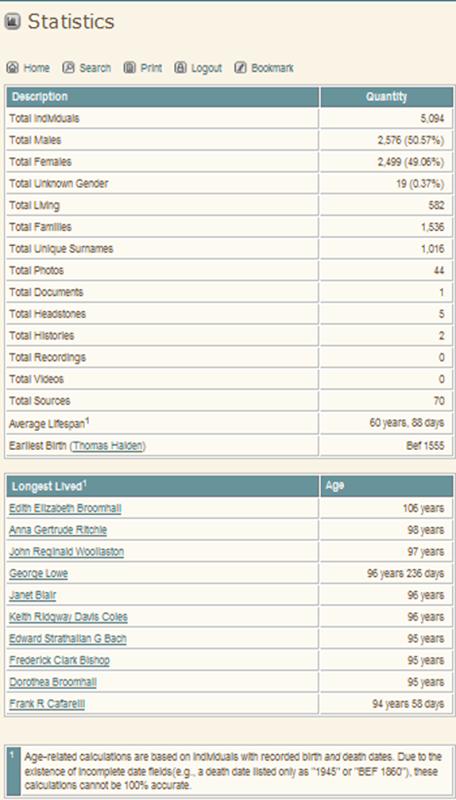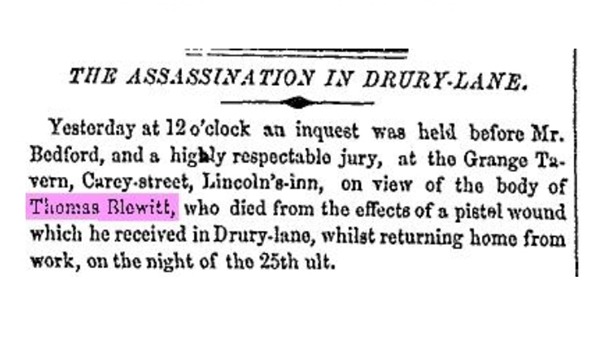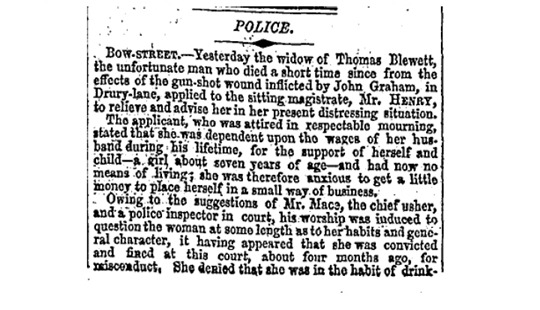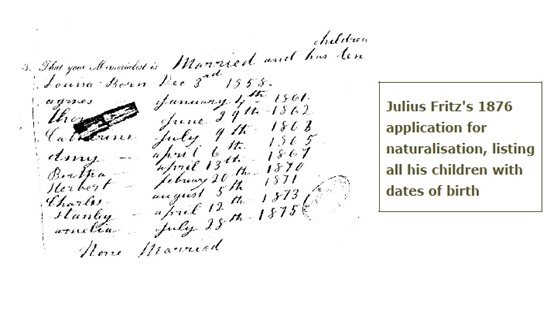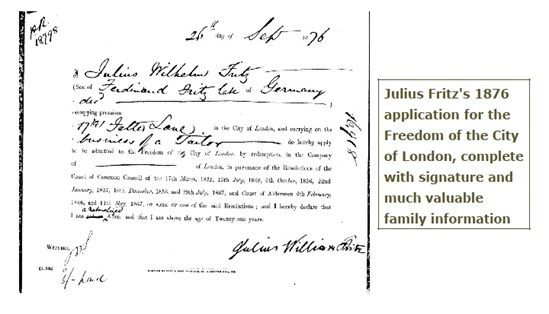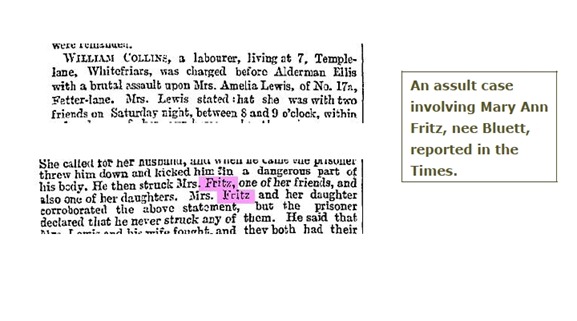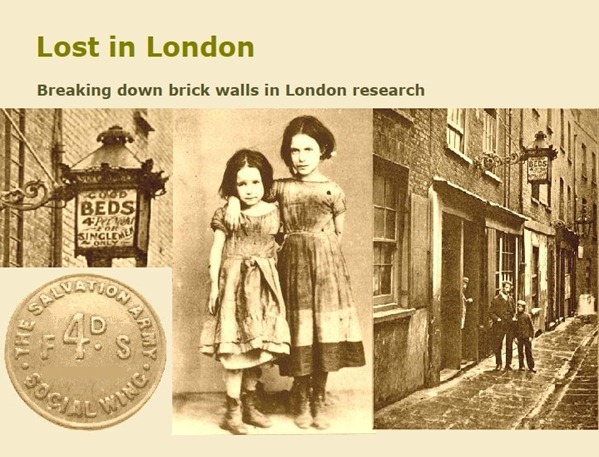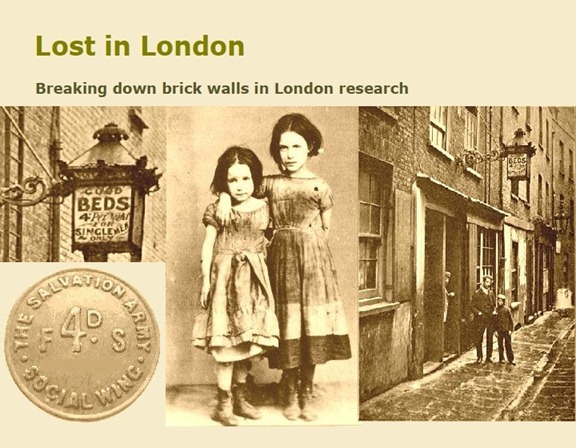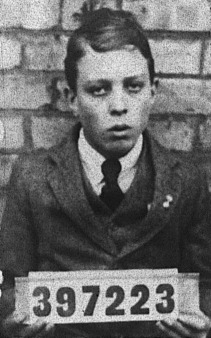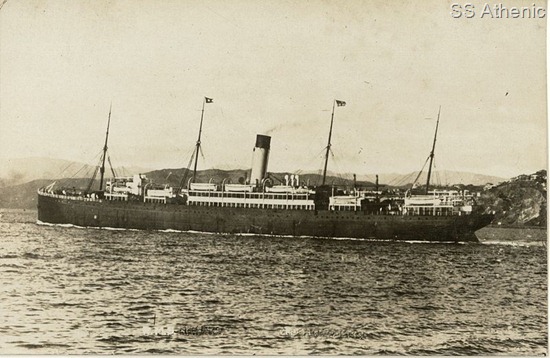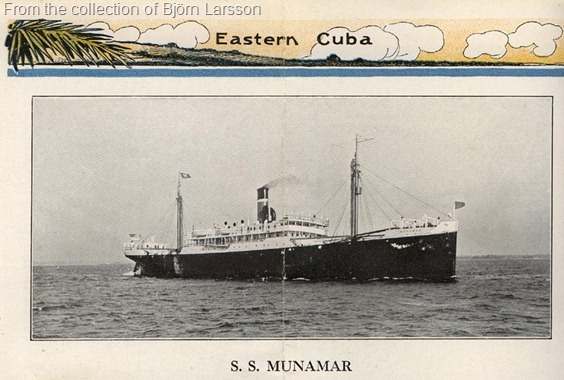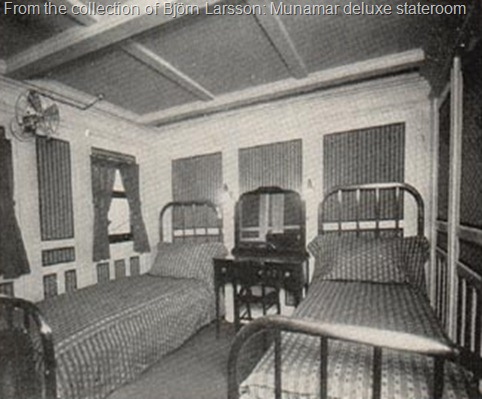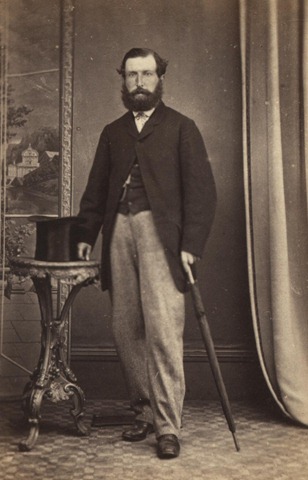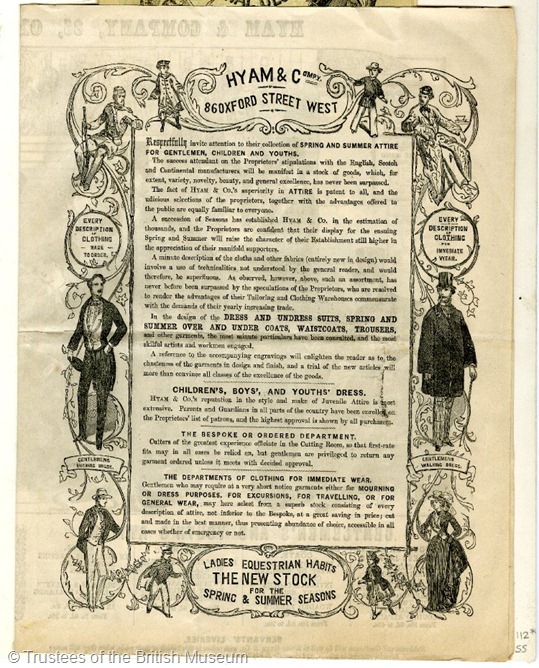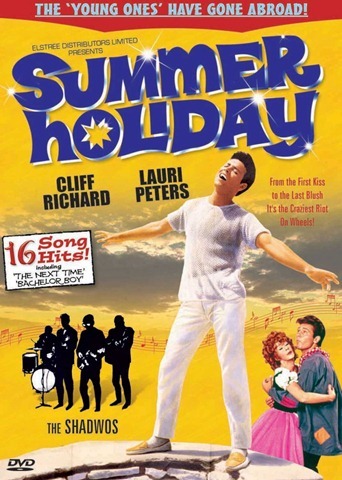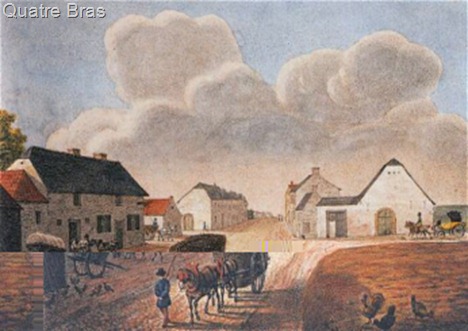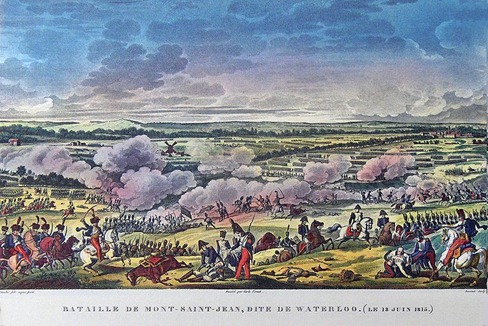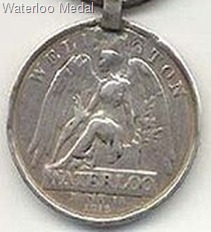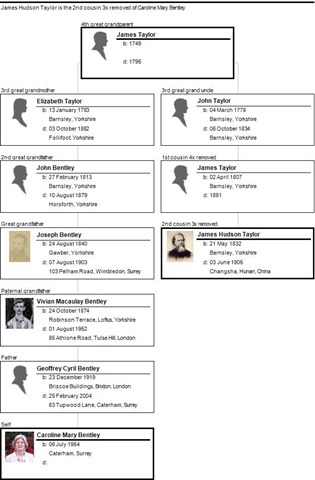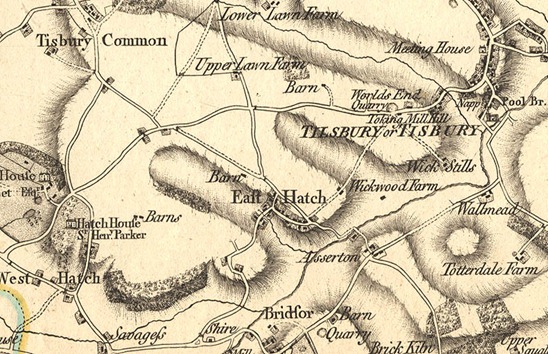
Access to Archives. Search by name or place across the catalogues of most London repositories including the London Metropolitan Archives, City of Westminster Archives, Corporation of London Records Office and Guildhall Library.
Ancestry. Currently their catalogue lists 30 London specific databases, including London Births and Baptisms, 1813-1906; London Marriages and Banns, 1754-1921; London Deaths and Burials, 1813-1980; and London Baptisms, Marriages and Burials, 1538-1812.
Black Sheep Index. It's pot luck if you find anyone. I found two young ancestors who got on a train, very drunk, and objected violently to some pious fellow passengers who tried to convert them! I also found the reason for the disappearance of my great-great grandfather, Rev Frederick Davis – he fled abroad to avoid a charge of assaulting a young woman on a train.
British Newspapers, 1800-1900. 49 local and national titles. You may be able to access this collection for free using your library card.
Charles Booth Online Archive. Street by street notebooks and maps, documenting social conditions in London between 1886 and 1903.
City of Westminster Archives Catalogue. WESTCAT contains details of the official records of the City of Westminster and the former Boroughs of Paddington and St Marylebone together with parish registers and other parish records for these areas. The collections also include records deposited by businesses, estates, schools, clubs, societies, charities, institutions and private individuals. There are also images of prints and photographs drawn from the archival and local studies collection.
Cyndi's List. Check Cyndi's pages for London and the surrounding counties for thousands of relevant links.
Deceased Online. Digitised images of burial and cremation records from the London Boroughs of Brent, Camden, Greenwich, Havering, Islington and Merton.
Docklands Ancestors. Indexes to baptisms in dockland parishes, plus resources for researching Thames watermen and lightermen and other dockland ancestors.
Find My Past. The London Collection includes the City of London Burial Index; West Middlesex Marriage Index; London Docklands Baptisms; London and West Kent Probate Indexes and participants in the 1888 Matchworkers' Strike.
GENUKI: London. Don't forget to visit the pages for Middlesex, Surrey, Kent and Essex as well.
Google. To find all instances of a search term on a website, use the search prefix "site" plus your search term, for example: "site:www.blacksheepindex.co.uk gurney". This is very useful for sites such as Black Sheep Ancestors which have multiple databases with no overall search engine.
Google Books. Search for references to ancestral names or places inside old books. Read them online or order the book from your local library on inter-library loan.
Historical Directories. Digital images of 81 London directories from 1808 to 1919.
London Ancestor. A miscellany of London links.
London Gazette. Includes bankruptcies, business failures and closures. I found a direct ancestor imprisoned in Maidstone Gaol as an "insolvent debtor".
London Jews Database. A database of names, addresses and some other information about Jews who lived in London in the first half of the nineteenth century.
London Lives, 1690-1800. A fully searchable edition of 240,000 manuscripts from eight archives and fifteen datasets, giving access to 3.35 million names.
London Metropolitan Archives. Information about collections, research leaflets and catalogue search.
London Road Name Changes. Indexed lists of the road name changes made by London County Council after 1889.
London Roll of Honour. London war memorials and rolls of honour.
Middlesex Marriage Index. Covers 31 parishes on the outskirts of London.
Old London Maps. Includes views of the city from the 16th to the 19th century.
Principal streets and places in London and its environs, 1856. Produced by the Post office, this directory gives the postal district for every street in London.
Proceedings of the Old Bailey. Pot luck again. This site has amazing detail about cases, with names, addresses and statements of victims, witnesses and perpetrators.
Society of Genealogists, City of London Resources. Includes information on the City Livery Companies, in addition to the resource categories listed for Middlesex, below.
Society of Genealogists, Middlesex Resources. Includes parish registers, marriage licences, monumental inscriptions, censuses, directories, poll books, periodicals and wills.
Times Digital Archive, 1785-1985. Information on how to gain free access and how to search. The Times is not just a source for "top people". Many ordinary people appeared in its pages, especially in reports of court cases and "human interest" stories.
Topographical Dictionary of London, 1831. "Containing descriptive and critical accounts of all the public and private buildings, offices, docks, squares, streets, lanes, wards, liberties, charitable, scholastic and other establishments, with lists of their officers, patrons, incumbents of livings, &c. in the British metropolis".
Tower Hamlets BMD. Indexes to registrations of births, marriages and deaths within the Tower Hamlets district from 1837 to date.
Victorian London A to Z Street Index.









